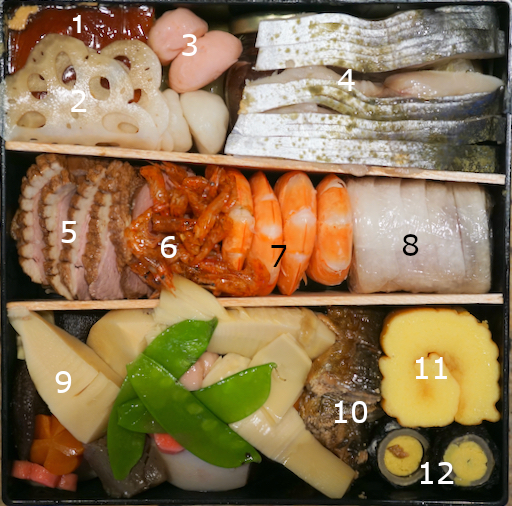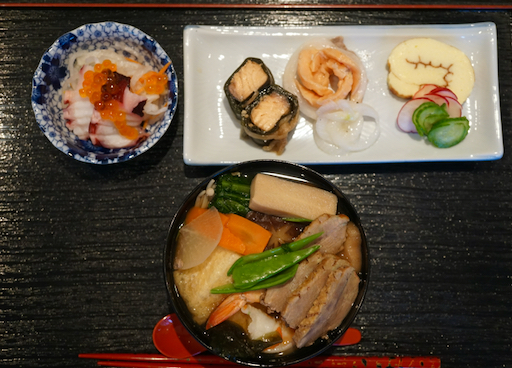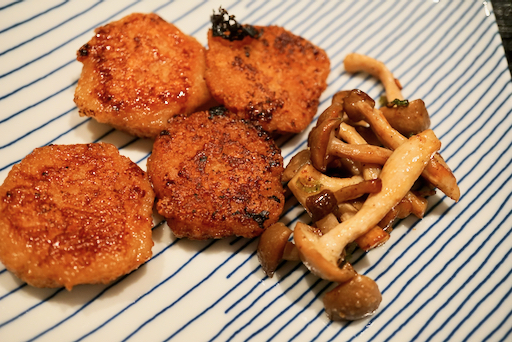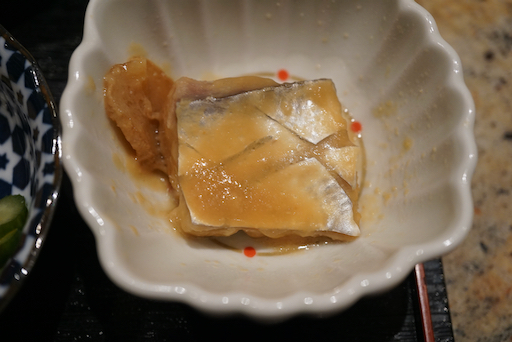Contemplating Christmas dinner, we decided we weren’t up for Turkey or ham. Then we saw a video from the Washington post regarding Duck leg confit and thought this would be perfect. We could make it ahead of time and just brown the skin before serving. Since we were getting some other meat from D'Atagnan, we ordered duck legs and rendered duck fat as well. In addition to the confit duck we served blackened Brussels sprouts and stuffing balls (without the broccoli).
Ingredients: (we cooked 4 legs)
4 duck legs (from D'Artagnan, #1 and #2)
Few sprigs of rosemary (or thyme, we used rosemary from our herb garden) (#3)
4 crushed garlic (#3)
Kosher salt
21 oz (3, 7oz containers = 21 oz.) of rendered duck fat
Directions:
In a sealable container which snugly fits 4 legs, salt the bottom, place the duck legs, salt the skin side, add the sprigs of rosemary, and crushed garlic, close the lid and refrigerate overnight (#3)
Next day, remove the rosemary and place the legs in a slow cooker and pour in the rendered duck fat to cover (#4), transfer the crushed garlic. In a low setting cook the duck legs for 3 hours with a lid on (original recipe used a 250F oven). The meat retracts from the leg bone (#5) indicating it is done. Transfer the duck fat and legs to the sealable container and refrigerate until serving (the recipe said it will keep for a few months and the flavor will improve).

































